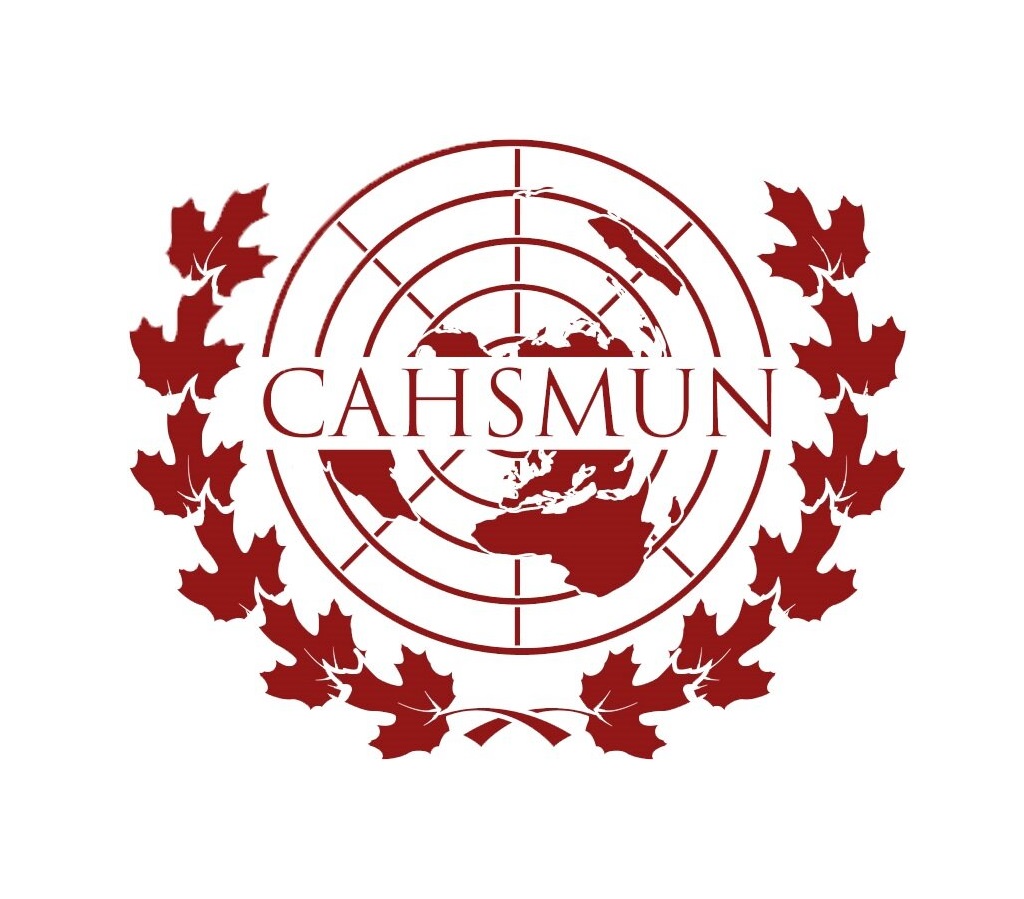In the biting frost of December 1991, as frigid winds swept across the vast heart-land of Eur-Asia, the Soviet Union, delegates in the Historical Crisis Committee (HCC) found themselves between a pivotal cross in history. The dissolution of the Soviet Union. Representing the political roles of influential peoples from both the Soviet Bolsheviks and the novel rise of the independent republics, delegates are burdened by economic encumbrances and political instability. The tensions of the Soviet Union was akin to a frozen world, awaiting the thaw of reformation. The origins of this slow dissolution trace back to the Soviet Union’s legacy, envisioned by a centralized governance alongside economic challenges and a strong sense of nationalism among the republics. After decades of political repression and economic pressures had left the political landscape frozen and immobile, the warmth of reform and the desire for self-rule began to melt the structures of oppression, setting the stage for radical change. Delegates are required to navigate these shifting terrains, balancing the preservation of the union’s integrity with the will of political transformation.

The committee is bridged apart by a double autonomy between the faithful Soviet authorities and the republics yearning for change, mirroring the dissimilar forces at play during this critical period of the Union. Delegates representing the Soviet bloc serve as delegated leaders attempting to maintain unity amidst quickly stirring challenges in the status quo, while those from the republics challenge the pursuit of sovereignty as they begin to crumble.
As the delegates in the HCC represent pivotal peoples from the final days of the Soviet Union, each respective individual holds a unique perspective. For example, Anatoly Kulikov, as the Minister of Internal Affairs, views the dissolution as a threat to internal security as well as the economic stability of the Union. He enthusiastically emphasizes on maintaining order and suppressing civil unrest that may emerge from the chaos. In contrast, Anatoly Kvashnin, the Chief of the General Staff of the Russian Armed Forces, prioritizes military unity and the suppression of revolts, showcasing his influence over the armed forces in preserving the territorial politics of the Union, even if that means confronting the emerging independence movements with absolute violence. Boris Yeltsin, as the President of the Russian Federation, is the voice of reform and the desire for political structure, pushing for greater economic freedom and rights. On the U.S. side, President George H.W. Bush presents the collapse as a grand opportunity for Western dominance in Russia, reinforcing the importance of promoting democracy and stable as well as controlled relations with the new republics. Secretary of State James Baker believes in diplomatic engagement to prioritize peaceful transitions. People like CIA Director William Webster stress the value of monitoring security, including potential nuclear threats and a third world war.

In the hallowed halls where history was and will potentially be both made and unmade, delegates in the HCC confront the historical task of rewriting the Soviet Union’s collapse. By representing pivotal figures from both the central governments of the U.S. and the Bolsheviks era, and the aspiring independent republics, they engage in strategic discussions, debates, and collaborations that mirror the real-world challenges of the era. Just as the frost of December engulfed the vast expanse of the Union, the decisions made in this pivotal moment will chill or ignite the warmth of new possibilities for Eurasia’s future.
